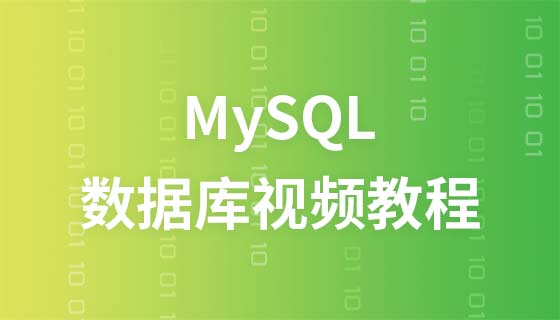java是一种广泛应用于开发各种软件和系统的编程语言,而在很多应用中,数据库查询是一个常见且关键的操作。然而,有时候在进行数据库查询时,我们可能会遇到查询结果为空的情况。本文将介绍一些解决这个问题的方法。
首先,出现查询结果为空的原因可能有很多。其中之一是查询条件不正确,导致没有匹配的数据被检索出来。要解决这个问题,我们需要仔细检查查询条件是否正确,并确保它们与数据库中的数据相匹配。
其次,数据库中可能没有与查询条件匹配的数据。在这种情况下,我们可以通过查询数据库中的其他表或者增加更广泛的查询条件来尝试查找相关数据。此外,还可以检查数据库中是否存在数据记录缺失或者数据准确性问题。
另一种常见的情况是查询语句编写错误导致没有返回任何数据。在这种情况下,我们应该仔细检查查询语句的语法和逻辑,确保它们能够正确地从数据库中检索数据。可以使用数据库查询工具来测试和验证查询语句的正确性。
除了以上方法,还可以使用try-catch块来捕捉可能引发异常的数据库查询操作。通过捕捉异常,我们可以检测到查询操作是否失败,并根据相应的异常信息来确定问题所在。例如,数据库连接异常、查询语法错误或者数据库访问权限限制。
立即学习“Java免费学习笔记(深入)”;
此外,我们还可以通过调试方法来解决数据库查询结果为空的问题。通过在代码中添加日志输出,我们可以追踪和分析查询操作的每个步骤,以确定查询错误的具体原因。通过打印相关变量的值、进入调试模式以及使用调试工具等方式,我们可以更好地理解代码的执行过程,并发现隐藏的问题。
最后,除了以上列举的方法,我们还可以使用Java框架提供的工具和技术来解决数据库查询结果为空的问题。例如,可以使用ORM框架(如Hibernate、MyBatis等)来简化数据库操作,使用查询构造器(如CriteriaQuery、QueryDSL等)来构建复杂的查询条件,或者使用缓存技术来提高查询性能和避免空结果。
综上所述,当在Java开发中遇到数据库查询结果为空的情况时,我们可以通过以下方法来解决问题:检查查询条件的正确性、扩大查询范围、检查数据记录和准确性、检查查询语句的语法和逻辑、使用try-catch块来捕捉异常、通过调试方法找到问题根源,以及使用框架提供的工具和技术来简化操作。通过综合运用这些方法,我们可以快速有效地解决数据库查询结果为空的问题,提高系统的可靠性和性能。
以上就是解决Java开发中空查询结果的方法的详细内容,更多请关注php中文网其它相关文章!

java怎么学习?java怎么入门?java在哪学?java怎么学才快?不用担心,这里为大家提供了java速学教程(入门到精通),有需要的小伙伴保存下载就能学习啦!




Copyright 2014-2025 //m.sbmmt.com/ All Rights Reserved | php.cn | 湘ICP备2023035733号